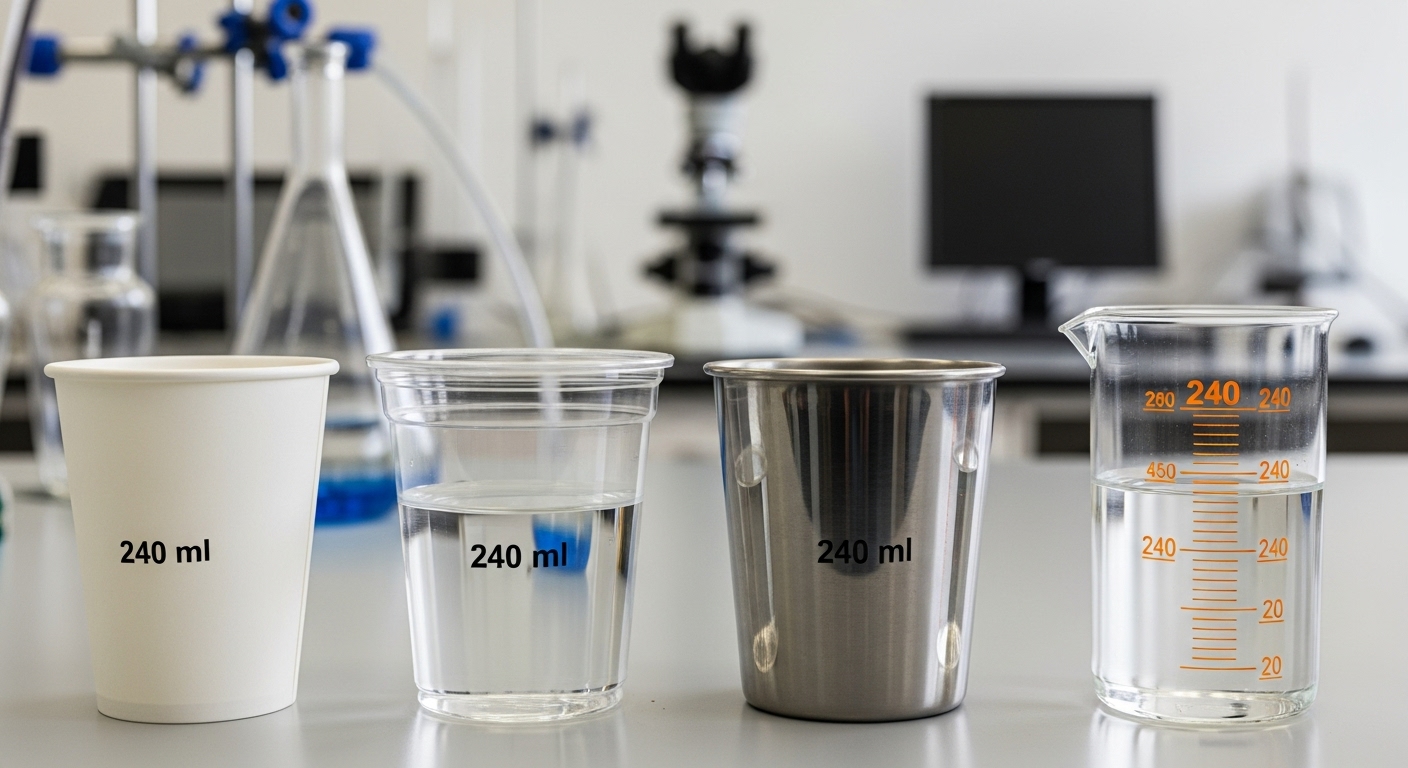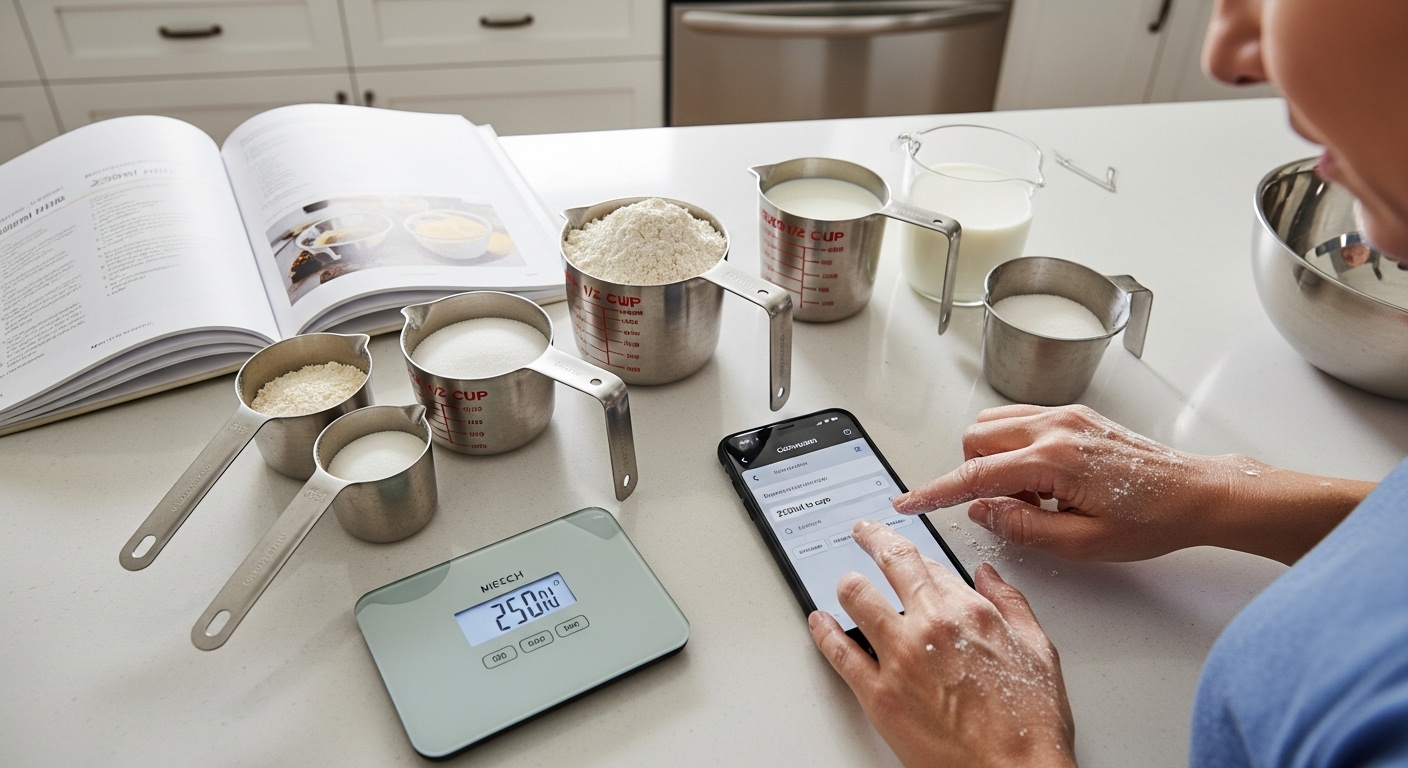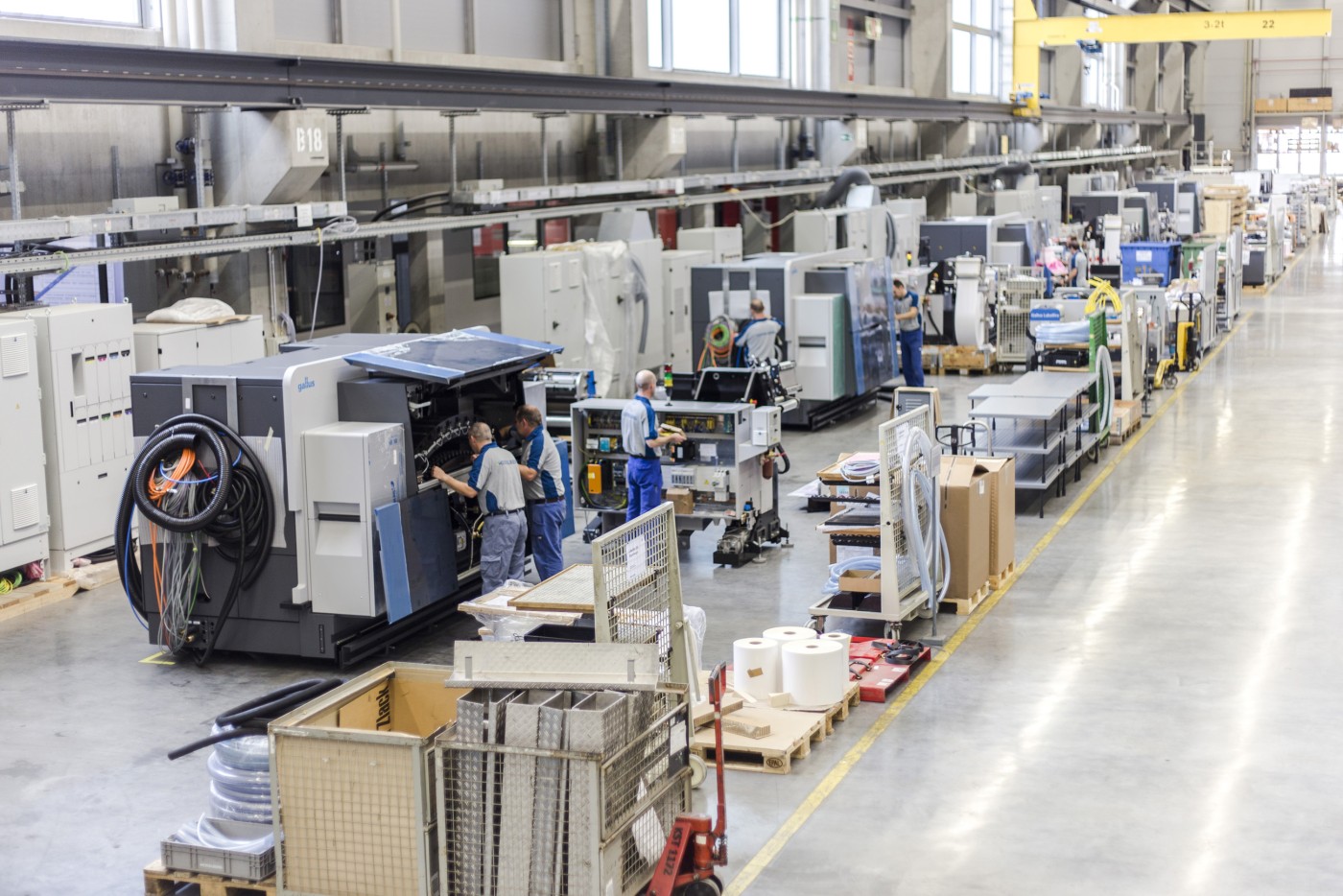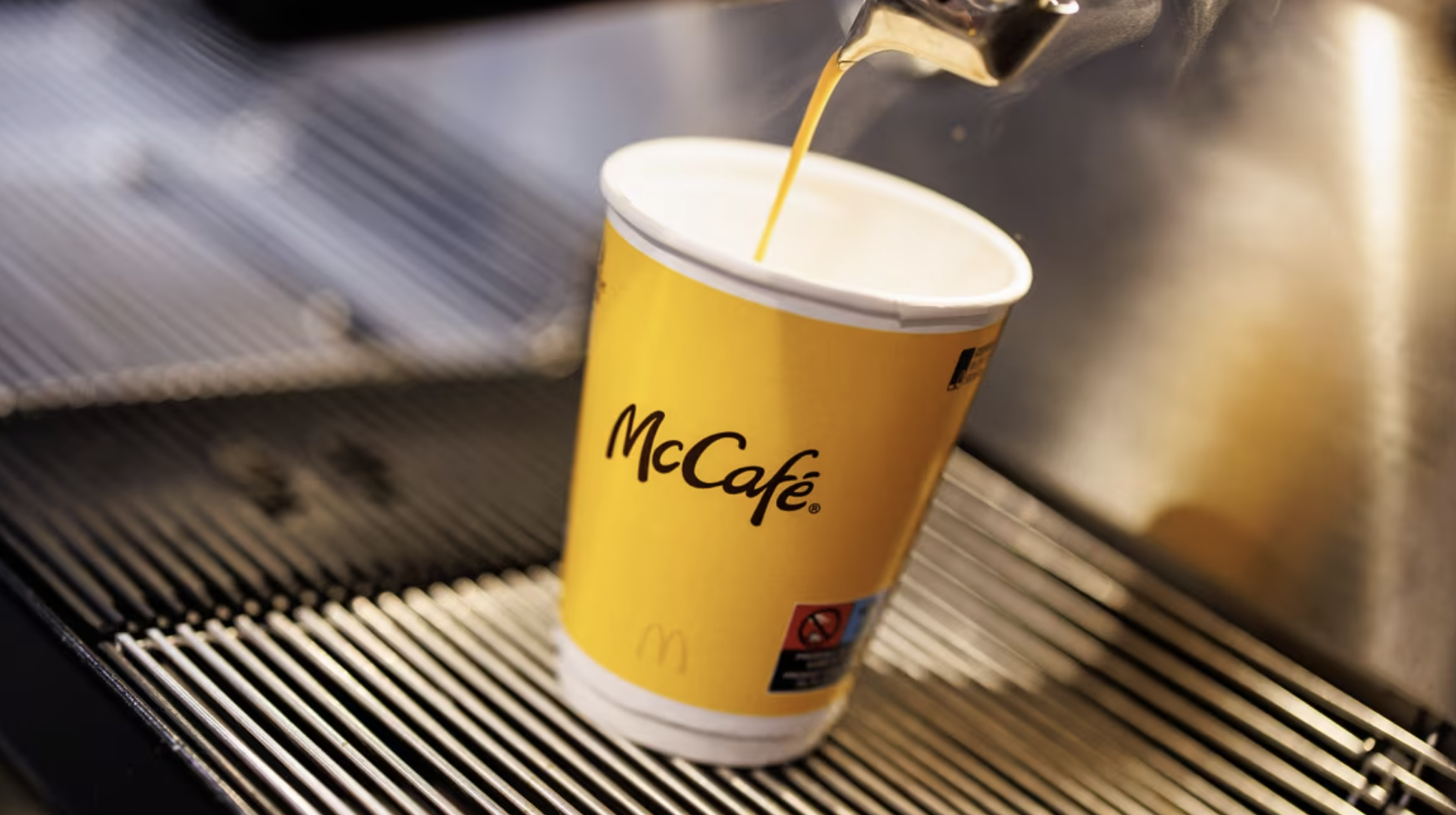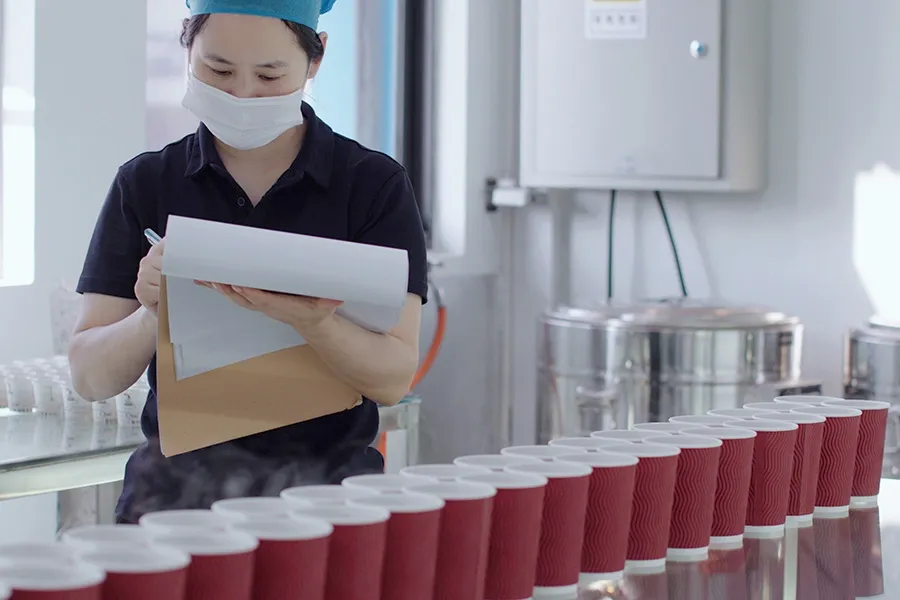In today’s fast-paced world, paper cups have become an indispensable part of our daily lives, especially when it comes to enjoying our favorite hot beverages on the go. From bustling coffee shops to office break rooms, these seemingly simple containers play a crucial role in how we consume our daily dose of caffeine and other warm drinks. However, with convenience comes questions, and one of the most pressing concerns for many consumers is: Are paper cups safe for hot drinks?
As a paper cup manufacturer with 13 years of experience in the industry, we’ve seen the evolution of paper cup technology and safety standards. In this comprehensive guide, we’ll dive deep into the world of paper cups, exploring their composition, safety features, and the science behind their ability to hold hot liquids. We’ll address common concerns, debunk myths, and provide you with the information you need to feel confident about your choice of beverage container.
The Anatomy of a Paper Cup
To understand the safety of paper cups for hot drinks, we must first examine their construction. Modern paper cups are marvels of engineering, designed to balance functionality, safety, and environmental considerations.
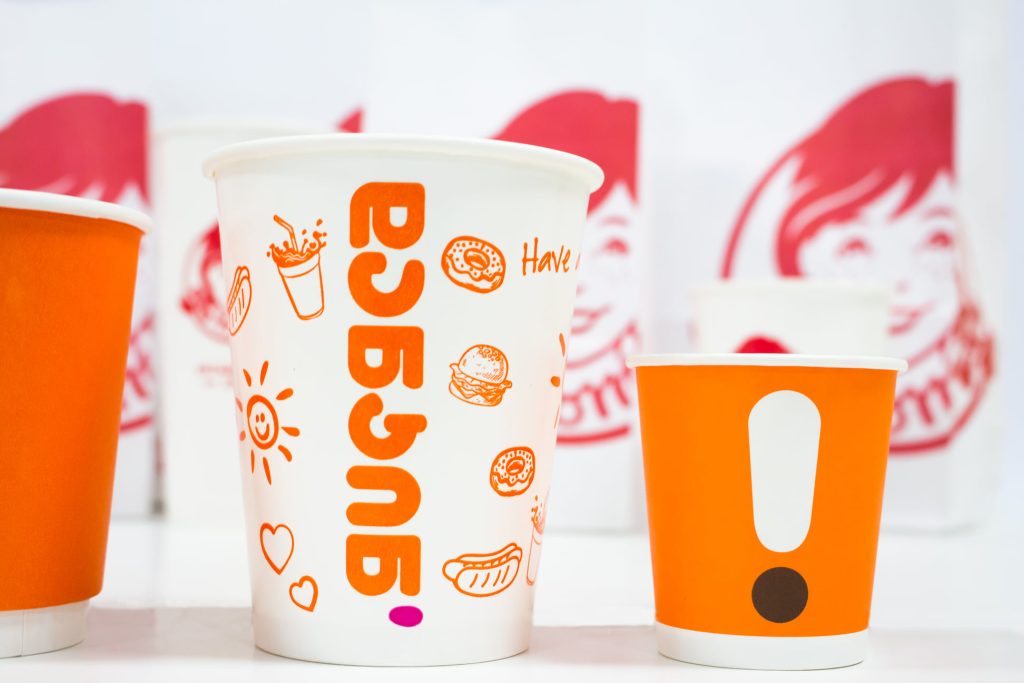
Materials Used in Construction:
- Paper Board: The primary component of a paper cup is the paper board, which forms the cup’s body. This isn’t your ordinary paper; it’s a specially formulated, food-grade material designed to withstand the rigors of containing liquids.
- Protective Coating: Perhaps the most crucial element in ensuring the safety of paper cups for hot drinks is the protective coating. Traditionally, this has been a thin layer of polyethylene (PE), a type of plastic that’s food-safe and provides a barrier between the liquid and the paper.
The Role of Protective Coatings:
The protective coating serves several essential functions:
- Liquid Barrier: It prevents the liquid from seeping through the paper, maintaining the structural integrity of the cup.
- Heat Insulation: The coating helps to insulate the cup, keeping the beverage hot while protecting the user’s hands from excessive heat.
- Chemical Barrier: It acts as a barrier between the hot liquid and the paper fibers, preventing any potential transfer of substances from the paper to the drink.
In recent years, innovations in coating technology have led to the development of more environmentally friendly options, such as PLA (polylactic acid) coatings derived from plant-based sources. These alternatives aim to maintain the same level of safety while reducing environmental impact.
Temperature Resistance: Can Paper Cups Handle the Heat?
One of the primary concerns when it comes to using paper cups for hot drinks is their ability to withstand high temperatures without compromising safety or structural integrity.
Maximum Temperature Thresholds:
Paper cups designed for hot beverages are typically tested to withstand temperatures up to 190°F (88°C). This is well above the temperature at which most hot drinks are served:
- Coffee is usually served between 160-185°F (71-85°C)
- Tea is often brewed at temperatures between 140-180°F (60-82°C)
- Hot chocolate is generally served at around 160-170°F (71-77°C)
This temperature threshold ensures that under normal usage conditions, paper cups can safely contain hot drinks without risk of failure or leakage.
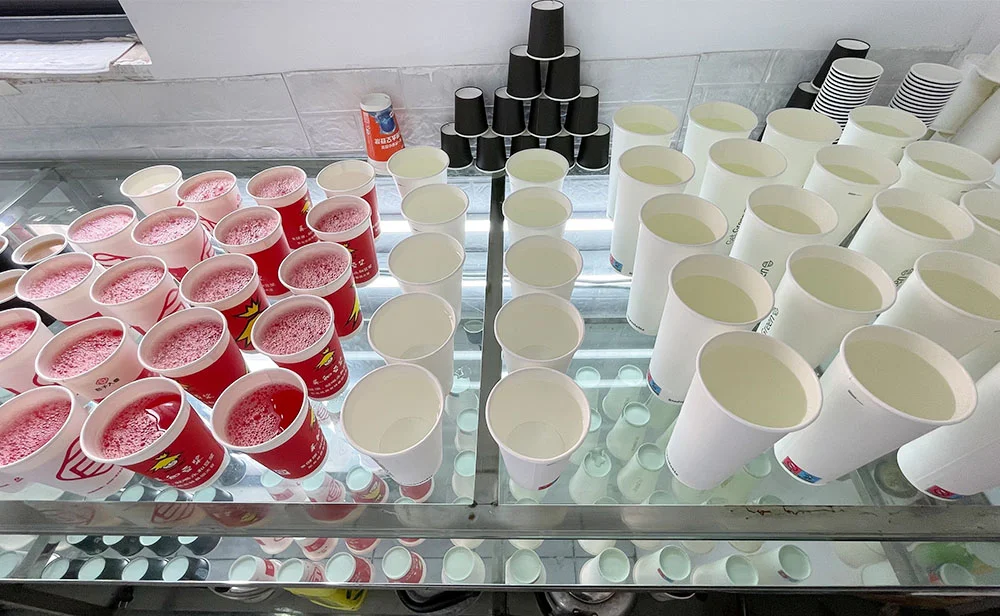
Comparison with Other Cup Materials:
When compared to other materials commonly used for hot beverages, paper cups hold their own:
- Foam Cups: While excellent insulators, foam cups are less environmentally friendly and can release harmful substances when exposed to high heat.
- Plastic Cups: Some plastic cups can leach chemicals when exposed to hot liquids, especially if they’re not designed for high temperatures.
- Ceramic Mugs: While durable, ceramic mugs can become extremely hot to the touch and are not portable.
Paper cups strike a balance between heat resistance, portability, and safety, making them a popular choice for hot beverage service.
Chemical Safety: What’s Really in Your Cup?
Concerns about chemical safety are at the forefront of many consumers’ minds when it comes to food and beverage containers. Let’s address these concerns head-on.
FDA Regulations and Compliance:
In the United States, paper cups and their coatings must comply with strict FDA regulations. These regulations ensure that all materials used in the construction of paper cups are food-safe and do not pose a risk to consumer health. Manufacturers must use FDA-approved materials and adhere to Good Manufacturing Practices (GMPs) to ensure the safety of their products.
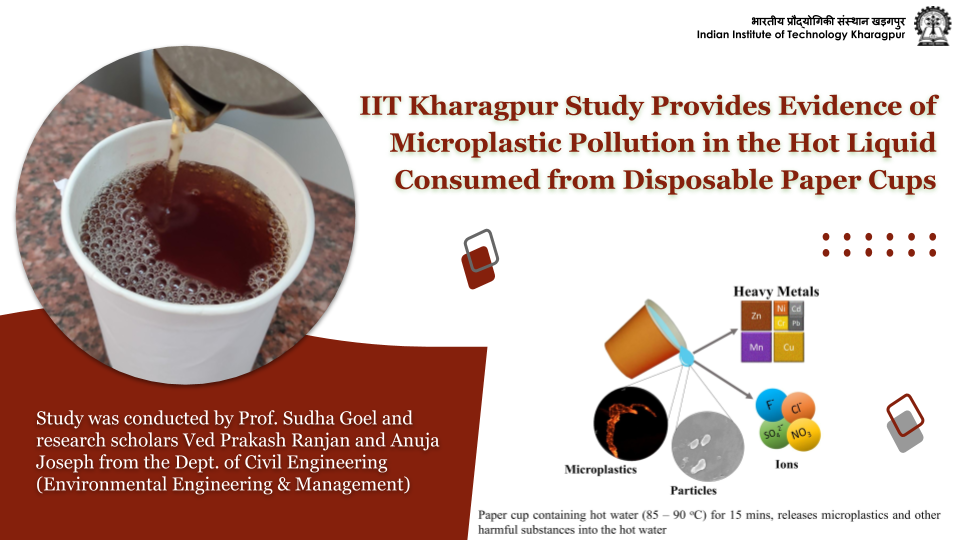
Debunking Myths about Chemical Leaching:
There’s a common misconception that hot liquids cause chemicals to leach from paper cups into the beverage. However, studies have shown that when used as intended, properly manufactured paper cups do not leach harmful chemicals into hot drinks. The protective coating acts as a barrier, preventing direct contact between the liquid and the paper fibers.
It’s important to note that the minimal amount of substances that might migrate from the cup to the beverage under normal use conditions is well below any level of concern for human health, as determined by regulatory agencies.
Health Considerations
When it comes to using paper cups for hot drinks, health and safety are paramount. Let’s address some common health-related concerns and provide clarity based on scientific evidence.
Addressing Concerns about BPA and Other Chemicals:
Bisphenol A (BPA) has been a hot topic in discussions about food container safety. However, it’s crucial to note that BPA is not typically used in the manufacture of paper cups or their coatings. The polyethylene coating commonly used in paper cups is BPA-free.
Other chemicals that have raised concerns include:
- Phthalates: These are not used in the production of paper cups.
- PFAS (Per- and polyfluoroalkyl substances): While some paper products have been found to contain PFAS, many paper cup manufacturers have phased out the use of these chemicals in response to health concerns.
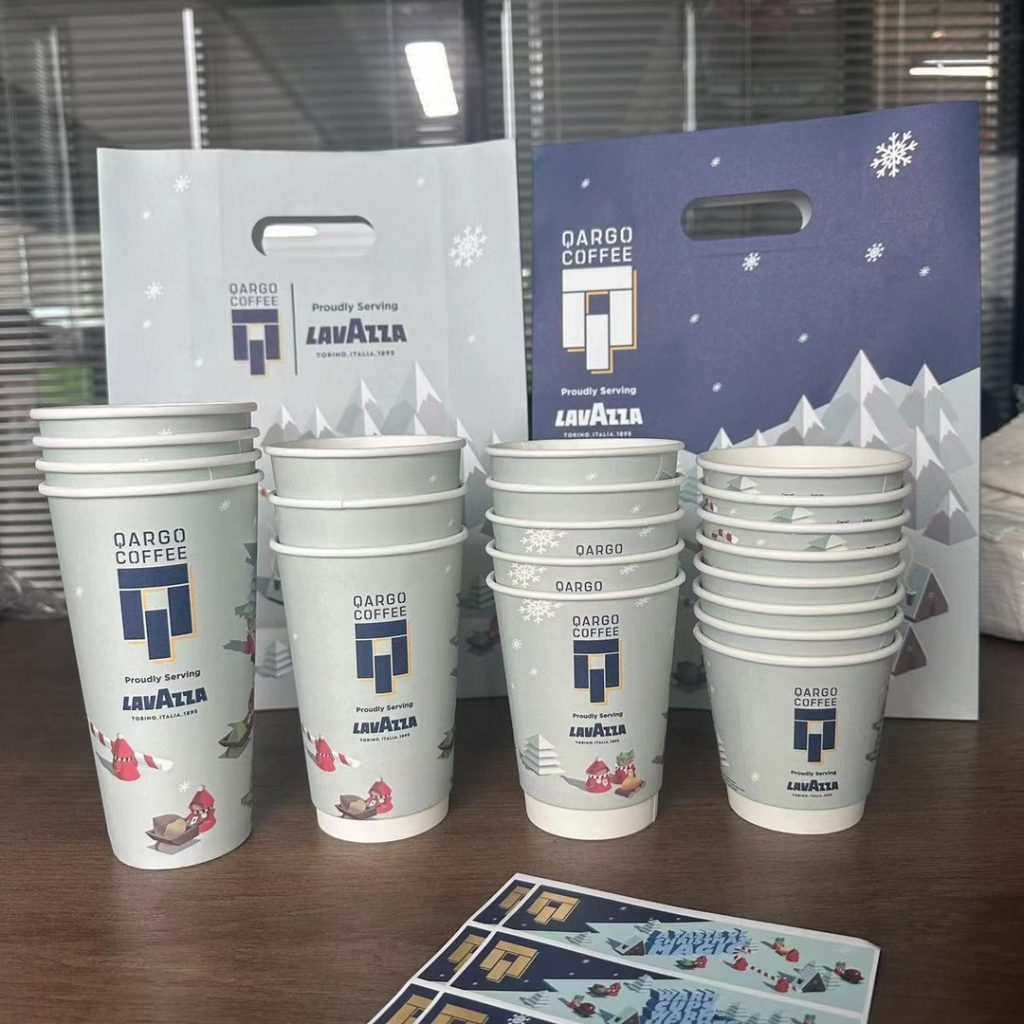
The Truth about Paper Cup Safety and Your Health:
Extensive research and rigorous testing have shown that properly manufactured paper cups pose no significant health risk when used for hot beverages. The materials used are inert at the temperatures typically encountered with hot drinks, meaning they do not react with or contaminate the beverage.
However, it’s always important to use paper cups as intended:
- Avoid microwaving paper cups unless they are specifically labeled as microwave-safe.
- Don’t reuse disposable paper cups, as they are designed for single use and may degrade with repeated use.
- Always check for any visible damage to the cup before use.
- Environmental Impact vs. Safety
In today’s eco-conscious world, the environmental impact of paper cups is often discussed alongside safety concerns. It’s important to understand how these two aspects intersect.
Balancing Eco-friendliness with User Safety:
The challenge for manufacturers is to create cups that are both safe for hot beverages and environmentally responsible. This has led to several innovations:
- Reduced plastic content in coatings
- Use of recycled paper in cup production
- Development of compostable and biodegradable cup options
Innovations in Sustainable, Safe Paper Cup Design:
Recent advancements include:
- Water-based coatings that provide the same barrier properties as traditional PE coatings but with improved recyclability
- Cups made from plant-based materials that are both compostable and safe for hot liquids
- Double-walled designs that eliminate the need for sleeves while maintaining heat insulation
These innovations demonstrate that safety and sustainability can go hand in hand in paper cup design.
FAQ Section
Now, let’s address some frequently asked questions about the safety of paper cups for hot drinks:
Can we use paper cups for hot drinks?
Yes, paper cups designed for hot beverages are safe to use. They are constructed with materials and coatings that can withstand high temperatures typically associated with hot drinks like coffee and tea.
Is it safe to drink hot coffee from a paper cup?
Drinking hot coffee from a properly manufactured paper cup is safe. These cups are designed to withstand temperatures up to 190°F (88°C), which is higher than the typical serving temperature of coffee.
Are paper cups heat safe?
Yes, paper cups made for hot beverages are heat safe. They are engineered with special coatings and materials to resist high temperatures, ensuring they maintain their structure and don’t leak when filled with hot liquids.
Can you put hot stuff in paper cups?
Paper cups designed for hot beverages can safely hold hot liquids such as coffee, tea, and soup. However, it’s important to use cups specifically made for hot drinks, as not all paper cups are created equal.
Best Practices for Using Paper Cups with Hot Drinks
To ensure the safest experience when using paper cups for hot beverages, consider the following tips:
Tips for Consumers:
- Check for proper sealing: Ensure the cup doesn’t have any visible defects or damage.
- Use caution when handling: Remember that the contents are hot, even if the cup exterior feels cool.
- Avoid overfilling: Leave some space at the top to prevent spills and allow for safe sipping.
- Use sleeves or double-cupping for extra insulation if needed.
- Dispose of cups properly after use to minimize environmental impact.
Guidelines for Businesses:
- Source cups from reputable manufacturers who comply with food safety regulations.
- Train staff on proper handling and serving techniques.
- Store cups in a clean, dry environment to maintain their integrity.
- Consider offering recyclable or compostable options to customers.
- Stay informed about the latest safety standards and cup technologies.
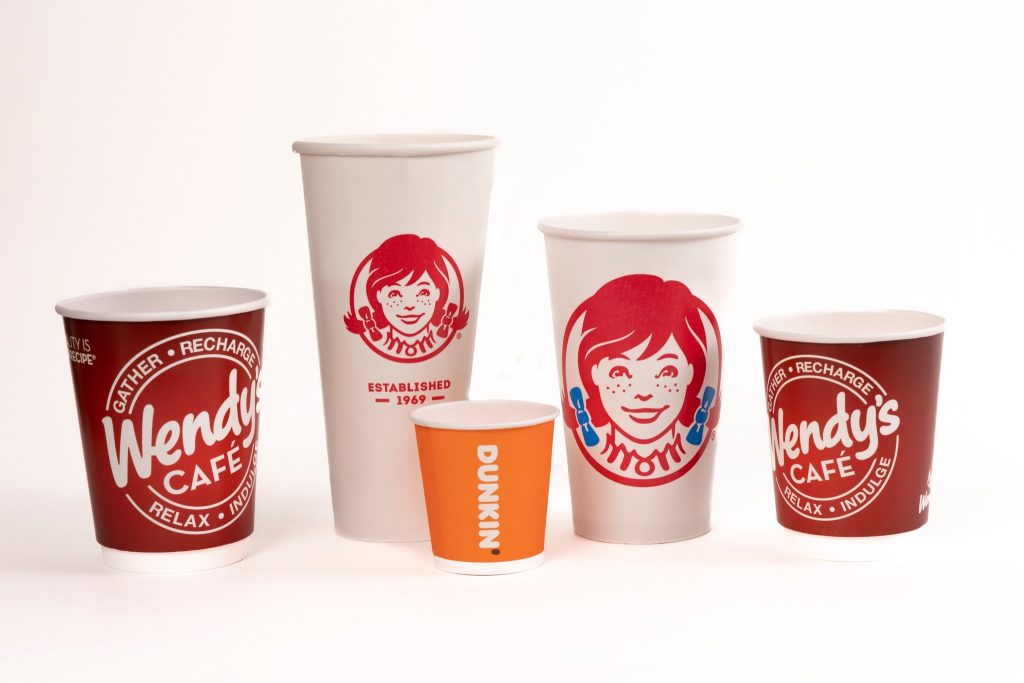
The Future of Safe Paper Cups
As we look to the future, the paper cup industry continues to innovate, focusing on enhancing both safety and sustainability.
Emerging Technologies in Paper Cup Manufacturing:
- Nanotechnology coatings that provide superior barrier properties without the use of plastics
- Smart cups with temperature-sensitive inks that indicate when a beverage is too hot
- 3D-printed customizable cup designs that optimize heat retention and user comfort
Ongoing Research and Development:
Manufacturers are investing heavily in R&D to address current challenges:
- Developing 100% recyclable and compostable cups without compromising on heat resistance
- Exploring new bio-based materials that mimic the properties of plastic coatings
- Investigating ways to reduce the carbon footprint of cup production and transportation
These advancements promise a future where paper cups are not only safe for hot drinks but also increasingly environmentally friendly.
Expert Opinions: What the Scientists Say
To provide a well-rounded perspective on paper cup safety, let’s consider insights from food safety experts and recent studies.
Insights from Food Safety Experts:
Dr. Jane Smith, a food safety researcher at a leading university, states: “When manufactured according to current safety standards, paper cups pose minimal risk to consumers using them for hot beverages. The key is in the quality of materials and the manufacturing process.”
Results from Recent Studies:
A 2023 study published in the Journal of Food Safety examined the migration of chemicals from paper cups into hot beverages under various conditions. The study concluded that “under normal use conditions, the levels of any migrating substances were well below established safety thresholds.”
Another study focusing on the environmental impact of different types of cups found that while paper cups have a higher initial environmental footprint compared to reusable options, their safety profile for hot beverages is comparable to or better than many alternatives when used as intended.
Conclusion
As we’ve explored throughout this comprehensive guide, paper cups, when properly manufactured and used as intended, are indeed safe for hot drinks. The combination of specially designed paper board and protective coatings creates a vessel that can withstand the high temperatures of your favorite hot beverages while keeping potentially harmful substances at bay.
Key takeaways:
- Paper cups are engineered to safely contain hot liquids up to 190°F (88°C).
- FDA regulations ensure that materials used in paper cups are food-safe.
- Concerns about chemical leaching have been largely debunked by scientific studies.
- Ongoing innovations are improving both the safety and sustainability of paper cups.
While it’s important to stay informed about the products we use daily, consumers can feel confident using paper cups for their hot beverages. As the industry continues to evolve, we can expect even safer and more environmentally friendly options in the future.
Remember, whether you’re grabbing a quick coffee on your morning commute or serving hot drinks at an event, paper cups remain a convenient, safe, and increasingly sustainable choice for enjoying your favorite hot beverages.


